✏️ Script-to-Screen Storyboarder 🎬 - Visual Storyboarding AI
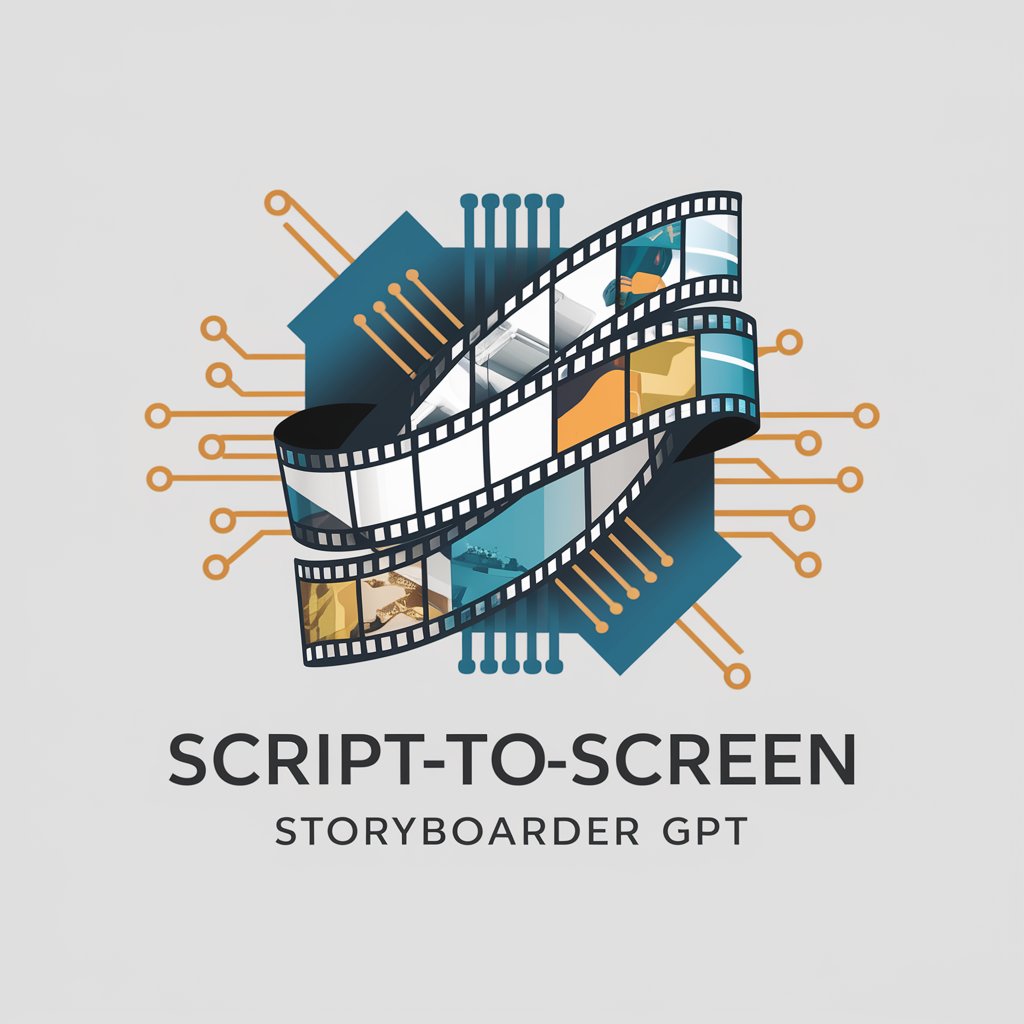
Welcome! Let's bring your script to life with stunning storyboards.
Bringing Scripts to Life with AI
Describe the opening scene of your script.
What is the main conflict in your story?
How would you like to visualize the climax of your narrative?
What emotions do you want to convey in the final scene?
Get Embed Code
Introduction to ✏️ Script-to-Screen Storyboarder
The ✏️ Script-to-Screen Storyboarder is designed to assist users in transforming narrative concepts, scripts, or screenplays into visual storyboards. This GPT's primary role is to help visualize the storytelling process by interpreting scene descriptions, character actions, and dialogues from written scripts into detailed visual representations. It aids in the pre-visualization of films, TV shows, commercials, animations, and other multimedia projects by creating images that depict how a scene could be shot and edited together. For example, if a user presents a script scene involving a dramatic sunset confrontation between two characters, Script-to-Screen Storyboarder could generate a series of images showing potential camera angles, character positions, and the overall mood set by the setting sun, thereby providing a visual blueprint for directors, cinematographers, and other creatives involved in the production process. Powered by ChatGPT-4o。

Main Functions of ✏️ Script-to-Screen Storyboarder
Visual Storyboarding
Example
Generating images that represent specific scenes from a script, including character placement, expressions, and key actions.
Scenario
A filmmaker is working on a short film and needs to visualize the climactic scene where the protagonist discovers a hidden message. Script-to-Screen Storyboarder creates a sequence of images showing the protagonist's reactions, the discovery process, and the setting's mood, aiding in planning shots and directing actors.
Shot Composition and Camera Angles
Example
Advising on the most effective shot types and camera angles to convey the narrative's emotional tone and dynamics.
Scenario
A director wants to capture the tension in a dialogue-heavy scene between two characters. The storyboarder suggests using a series of over-the-shoulder shots and close-ups to emphasize the characters' facial expressions and the scene's intensity.
Storyboard Creation Process Insights
Example
Providing guidance on industry standards and best practices for creating effective and communicative storyboards.
Scenario
An animation student is preparing a storyboard for their final project but is unsure about the conventions for indicating camera movement and scene transitions. Script-to-Screen Storyboarder offers detailed advice on notation and visual cues that can be used to clearly communicate these aspects to the production team.
Ideal Users of ✏️ Script-to-Screen Storyboarder
Filmmakers and Directors
Individuals in the process of planning and executing film, television, or video projects. They benefit from using Script-to-Screen Storyboarder to visualize scenes before filming, helping to make informed decisions about shot composition, lighting, and actor placement.
Screenwriters and Storytellers
Creatives who are looking to see their written work visualized. This can aid in editing the script with a better understanding of how dialogue and action sequences will visually play out, potentially revealing areas for improvement or alteration.
Animation Artists and Game Designers
Professionals who require detailed pre-visualization to create compelling narrative sequences within animations or video games. Storyboarding helps in planning out scenes, character movements, and interactions, ensuring a coherent storyline and visual flow.
Advertising and Marketing Professionals
Teams working on commercial projects who need to pitch ideas and concepts in a visually appealing way. Storyboards can be used to present ideas for advertisements, demonstrating the visual and emotional impact of the proposed content.

How to Use Script-to-Screen Storyboarder
Initiate Trial
Start by accessing a free trial at yeschat.ai, offering immediate use without the need for ChatGPT Plus or any login requirements.
Script Submission
Submit your script, narrative, or scene descriptions. Ensure clarity and detail in your descriptions to facilitate accurate visual representation.
Visualization Preferences
Specify your preferences for shot composition, camera angles, and transitions. This helps tailor the storyboard to your vision.
Review Generated Storyboards
Evaluate the storyboards generated based on your script. Use the feedback feature to refine or request adjustments to better suit your vision.
Finalize and Apply
Once satisfied with the storyboard, you can finalize the designs. These visual guides can then be applied to the filmmaking or presentation process.
Try other advanced and practical GPTs
💌✨ Custom Card Crafter Pro 🎨📝
Craft Personalized Cards with AI

🎨✨ Inkspire Tattoo Visionary 🖌️🔮
AI-powered tattoo design and inspiration.
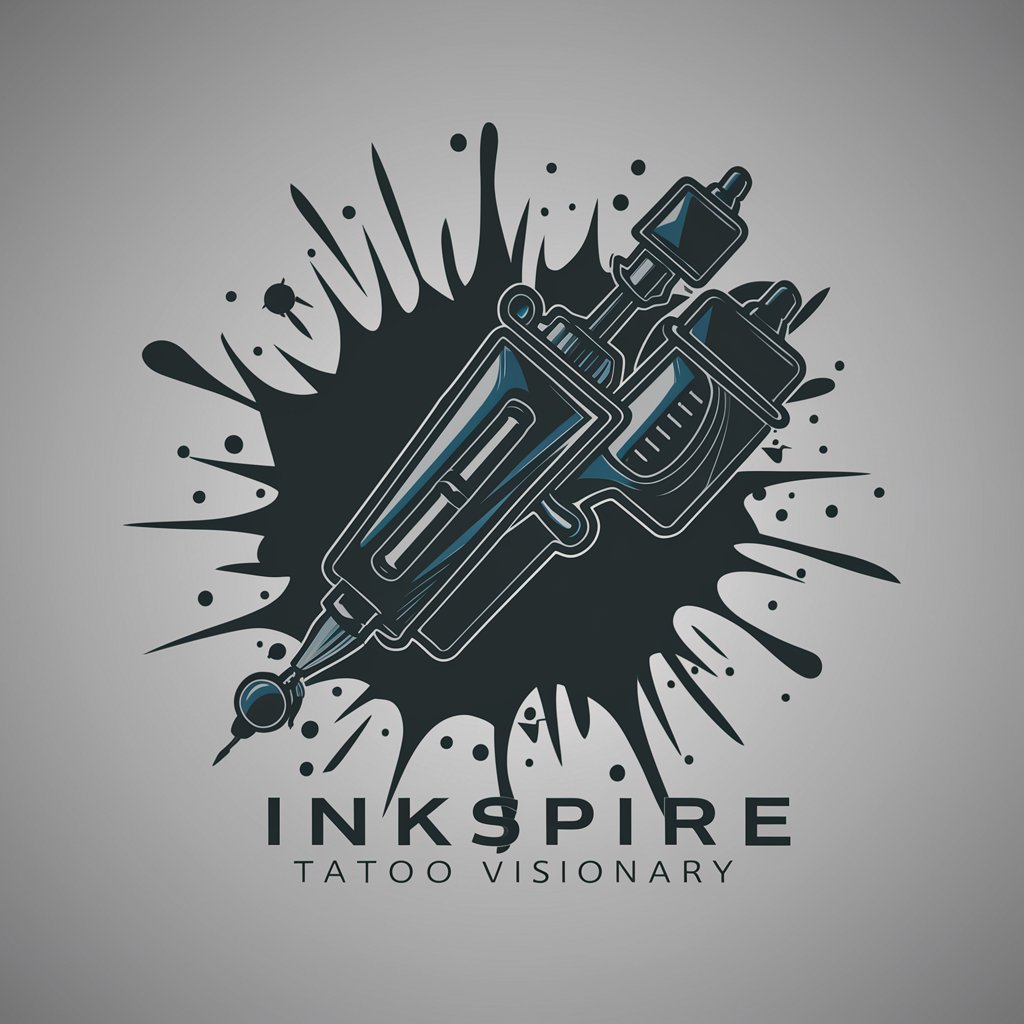
🌟 Personal Branding Logo Architect 🎨
Empower Your Brand with AI

🎨✨ Custom Wallpaper Wizard 🧙♂️💫
Craft Your Dream Wallpaper with AI
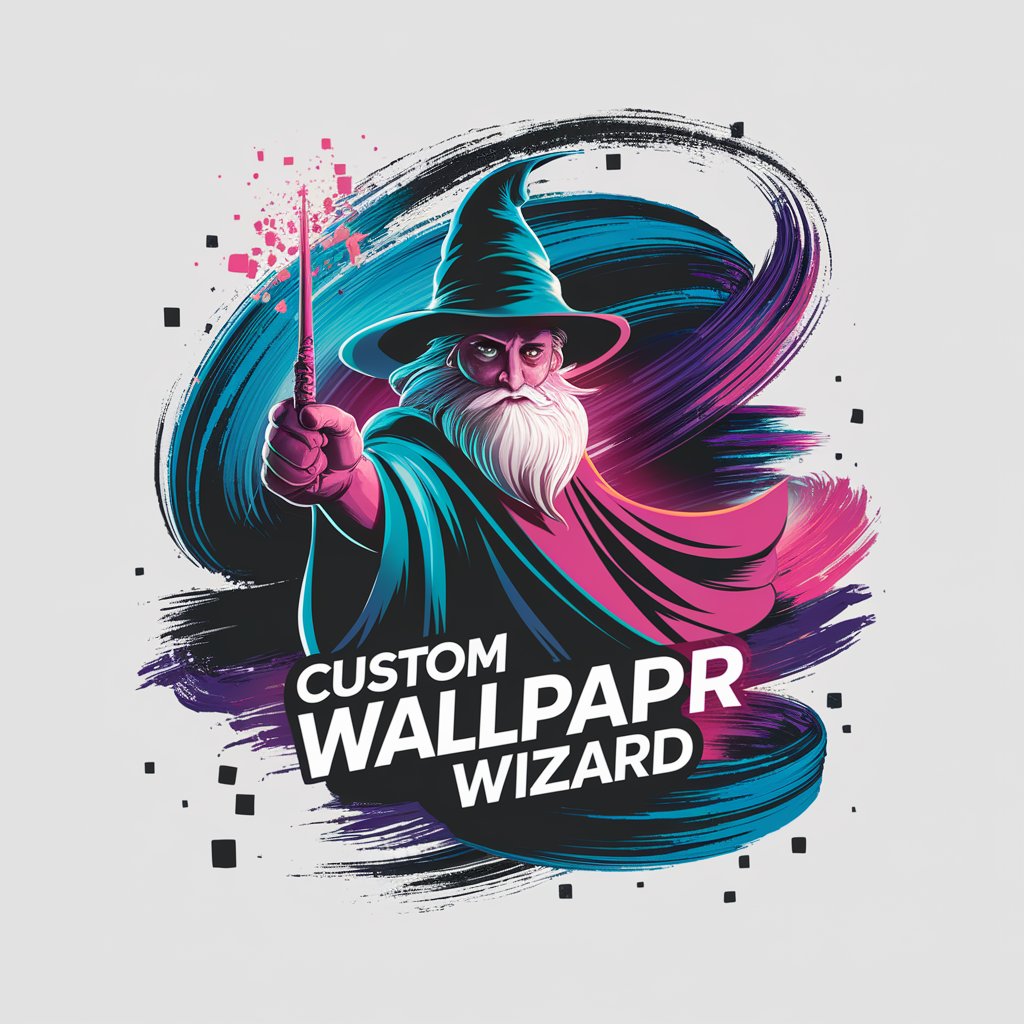
🎨🎉 Event Theme Visualizer GPT
AI-Powered Event Theming Assistant
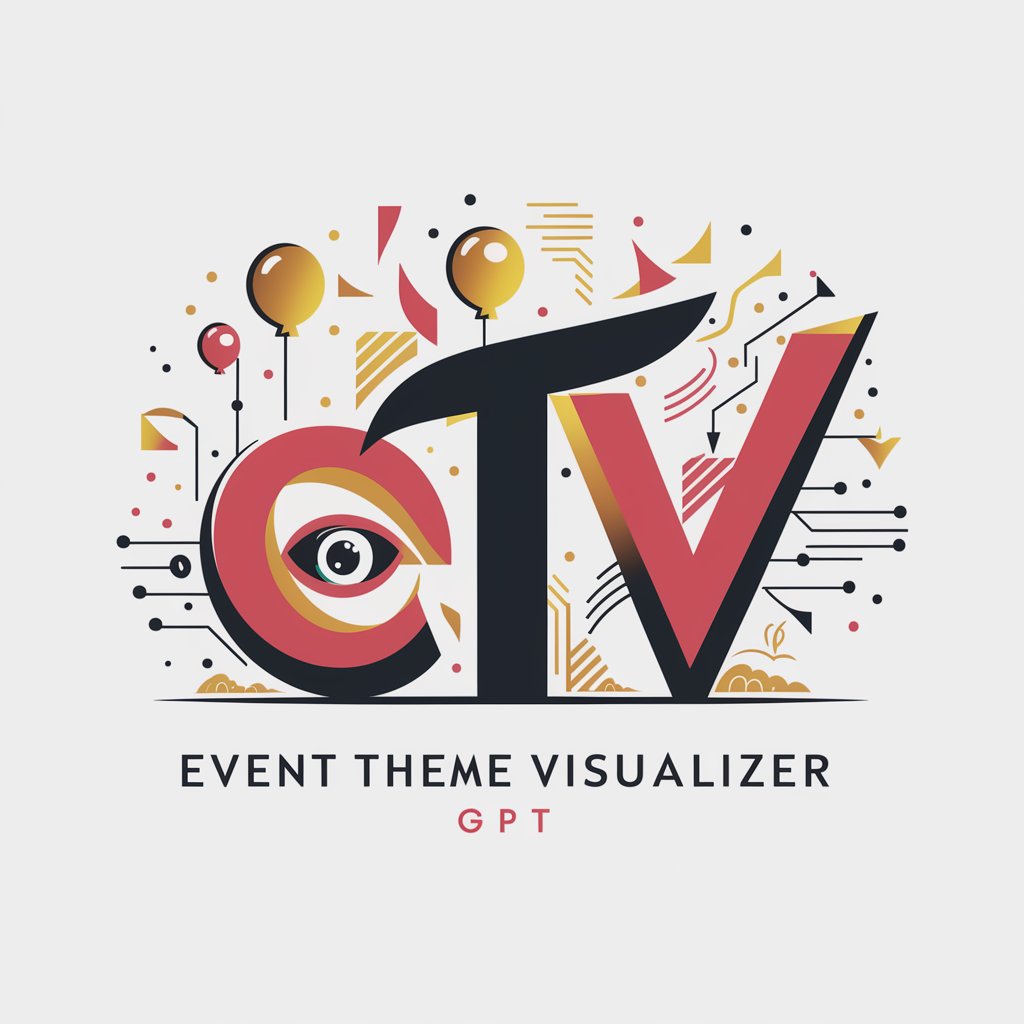
🎁 Custom Gift Genius 🧠
AI-Powered Personalized Gifting

🌟 Emoji Craft Studio Pro 🎨
Craft Unique Emojis with AI

🌱 Virtual Landscape Architect 🏡
Cultivating Dreams with AI

👚✨ Vogue Visionary Sketchpad 🎨👗
Crafting the future of fashion with AI.
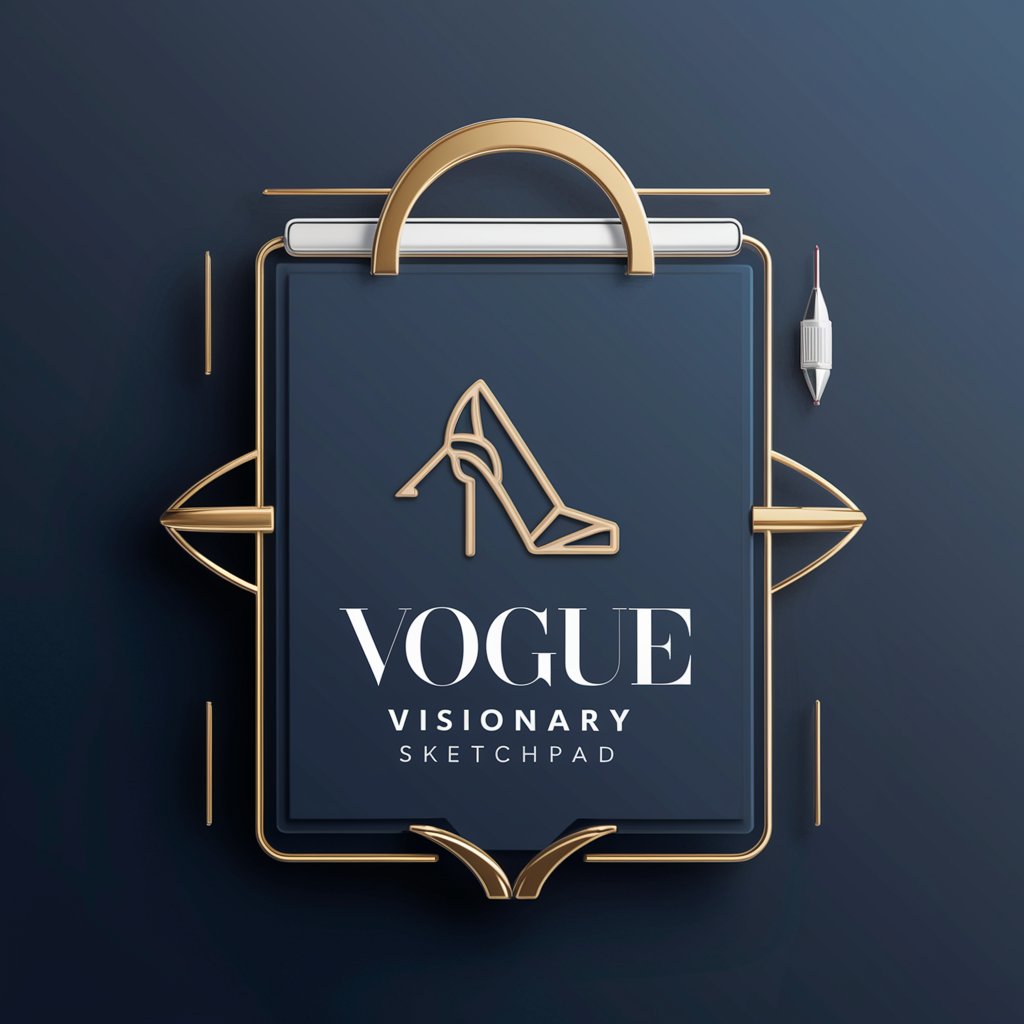
🎨✨ HomeStyle Visionary AI✨🏠
Revolutionizing Design with AI Creativity
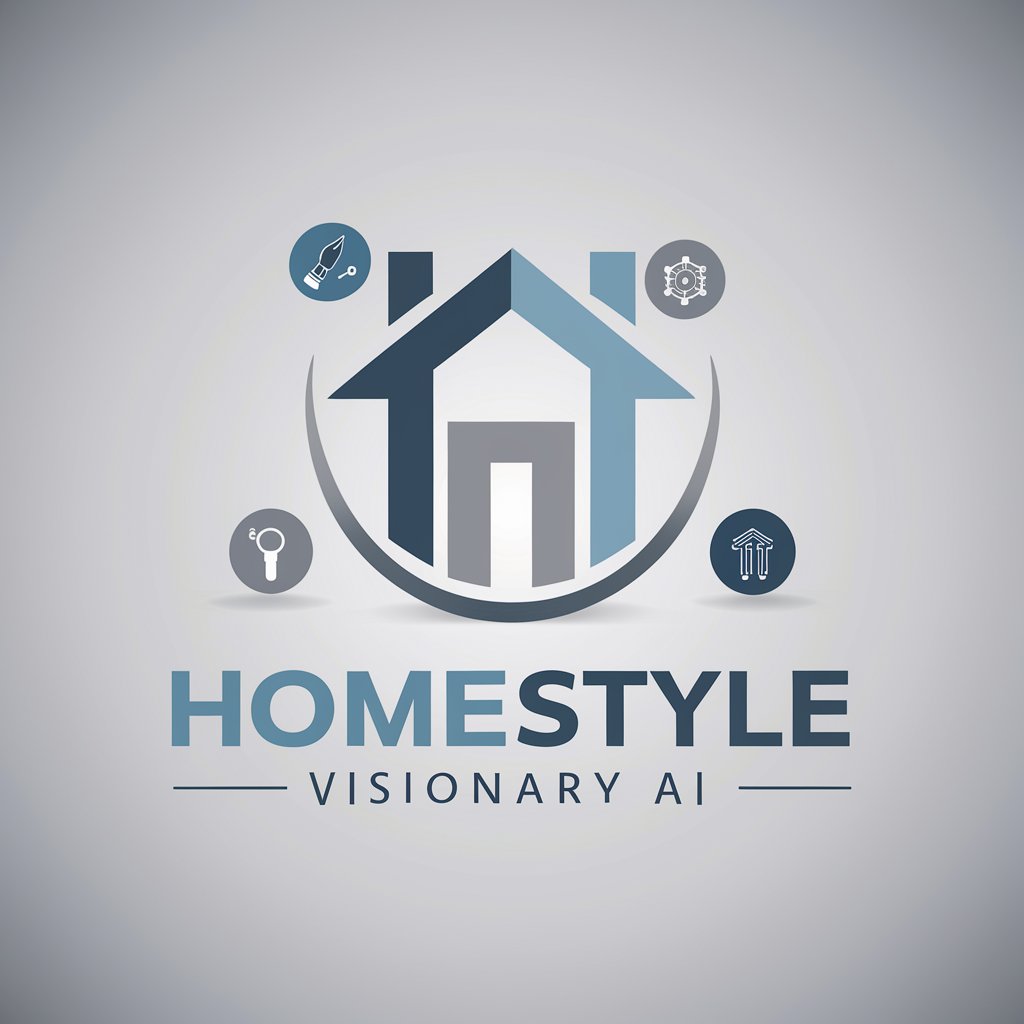
🎨✏️ Comic Muse Mastermind 🦸♀️📚
Bringing Stories to Life with AI
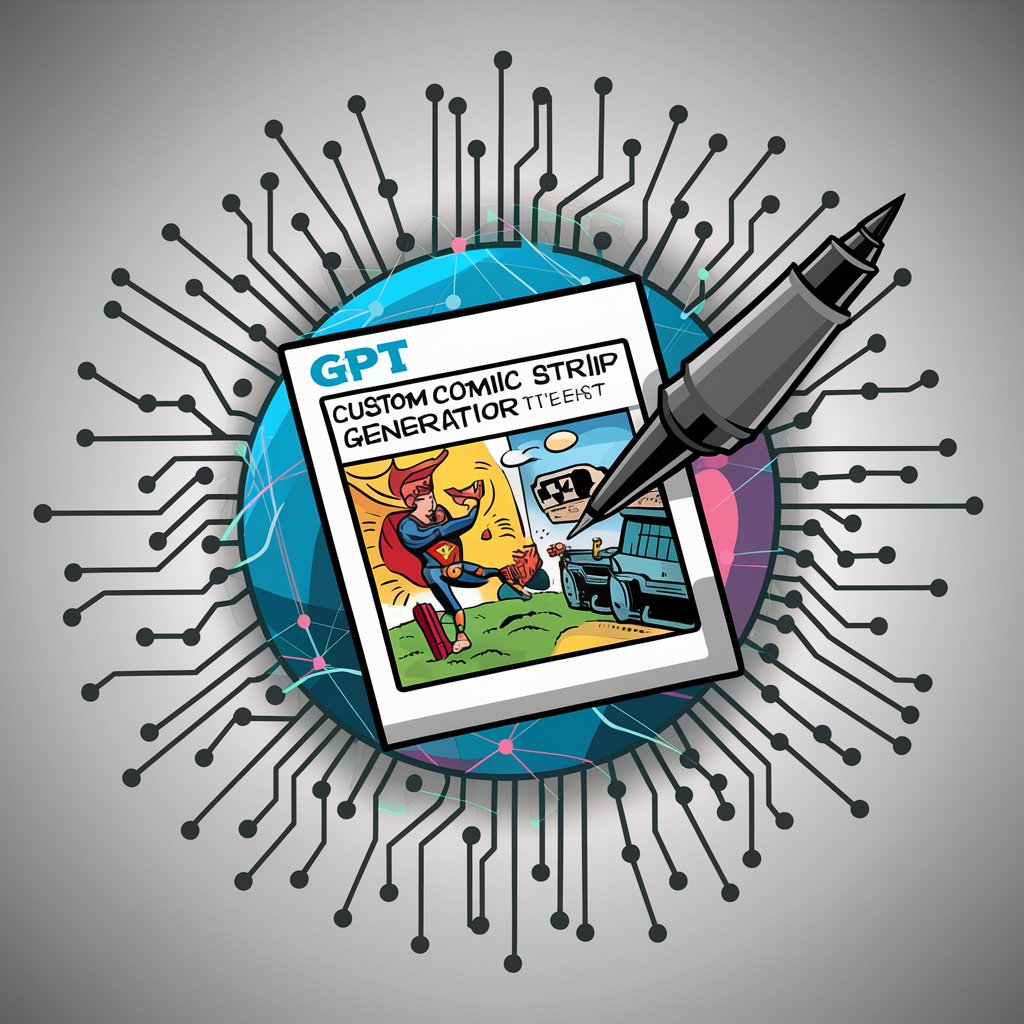
🧠✨ Memory Recreation Illustrator GPT 🎨
Bringing Memories to Life with AI
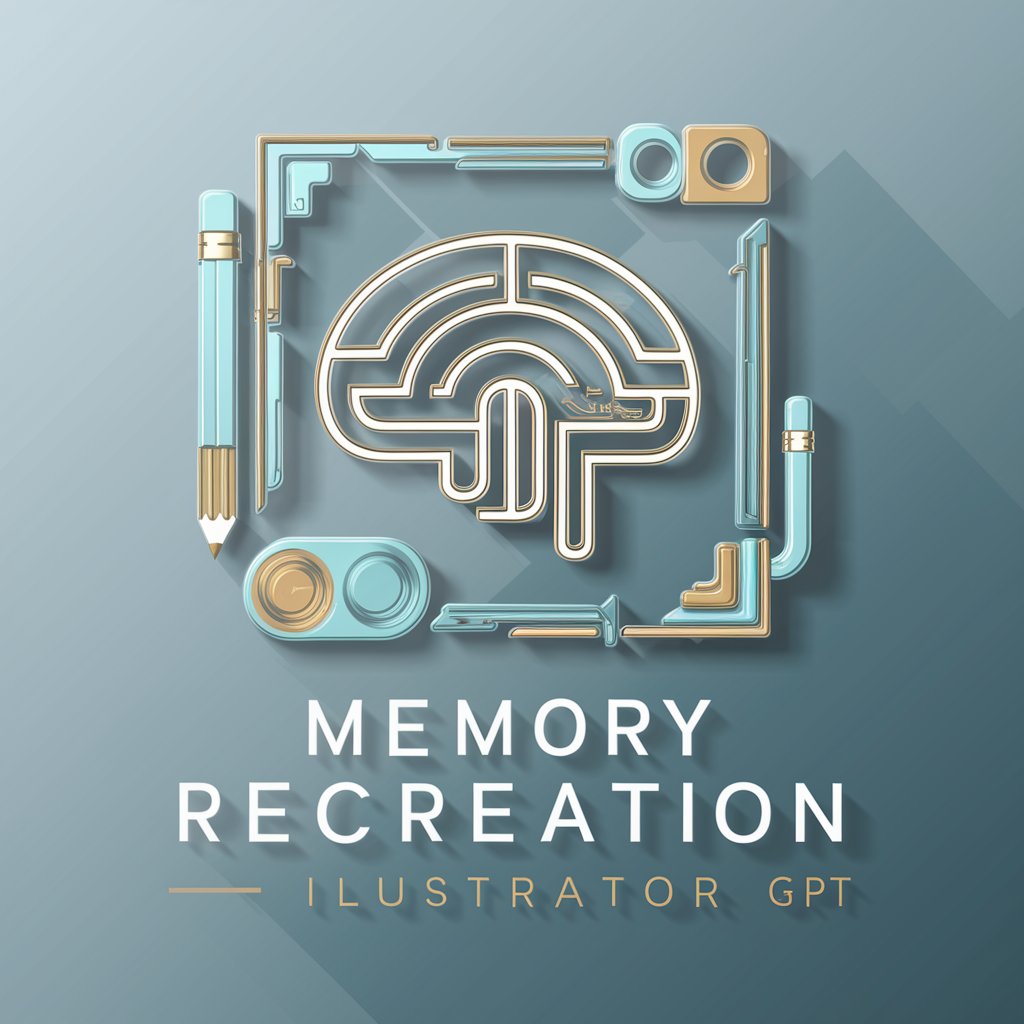
FAQs on Script-to-Screen Storyboarder
What is Script-to-Screen Storyboarder?
It's an AI-powered tool designed to convert written scripts or narratives into detailed visual storyboards, aiding in pre-visualization of films, animations, or presentations.
Can I customize the storyboard's style?
Yes, the tool allows for customization of storyboard styles, including the level of detail, color schemes, and character designs to match your project's aesthetic.
How do I improve the accuracy of the storyboard?
Providing detailed script descriptions, including character actions, expressions, and specific camera angles, enhances the storyboard's accuracy and relevance to your vision.
Is Script-to-Screen Storyboarder suitable for educational purposes?
Absolutely. Educators can use it to create visual aids for storytelling, lectures, or to help students understand the storyboard creation process in film and media studies.
How does the tool handle revisions?
Users can submit feedback directly through the tool for any necessary revisions, ensuring the final storyboard aligns closely with their creative vision.
